Chinese battery manufacturer Contemporary Amperex Technology Co. Limited (CATL) unveiled three battery technologies at its “Tech Day” event on April 21, potentially reshaping the competitive landscape between pure electric and hybrid vehicles.
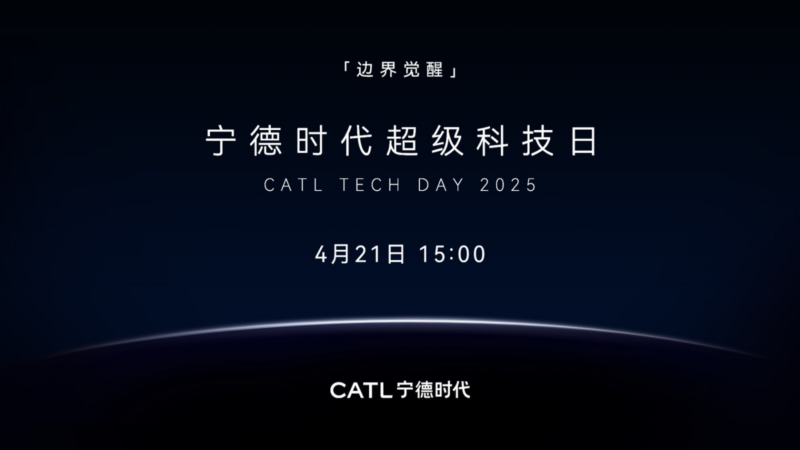
Freevoy Dual Power Battery: pure electric challenges hybrid with 1500km range
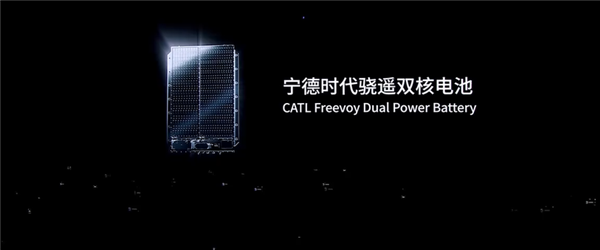
The headline announcement was CATL’s innovative “Freevoy Dual Power Battery,” featuring a dual-core architecture that delivers an extraordinary maximum range exceeding 1500 kilometers (932 miles) on a single charge – a milestone that positions pure electric vehicles to compete directly with hybrid models.

The dual-core design divides a single battery into two independent energy zones – a main energy area and a range extension area – each utilizing different cell materials to leverage their respective advantages. This revolutionary approach implements high-voltage, low-voltage, structural, thermal runaway protection, and thermal management dual-core systems to ensure safety, similar to the redundancy concept in aircraft dual-engine design.

CATL has pioneered self-generating negative electrode battery technology in the range extension zone, eliminating traditional graphite anode materials. This innovation allows for significantly higher energy capacity within the same battery package space while substantially increasing energy density.

“This technology represents a fundamental shift in how we approach electric vehicle range limitations,” explained a CATL spokesperson. “By combining two distinct battery technologies in one package, we’re able to optimize both high-power performance and extended range capabilities.”
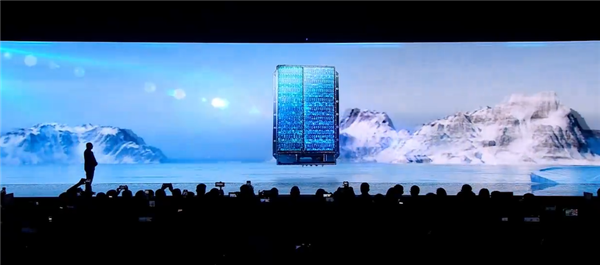
Second-generation Shenxing Superfast Charging Battery: 520km in 5 minutes
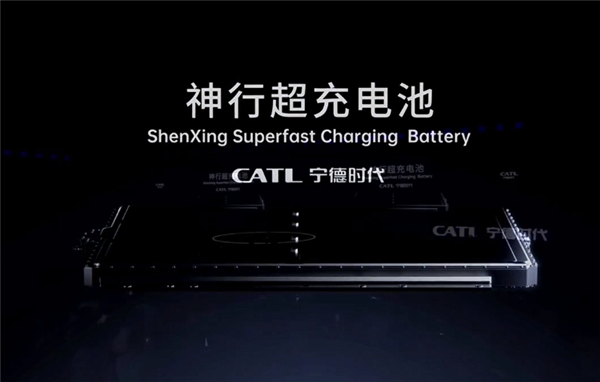
CATL also introduced its second-generation Shenxing Superfast Charging Battery, pushing the boundaries of charging speed with remarkable specifications. The new battery offers 800 kilometers (497 miles) of range and features a peak charging rate approaching 12C with maximum charging power exceeding 1.3 megawatts.

In practical terms, this translates to gaining 2.5 kilometers of range per second of charging, allowing drivers to add over 520 kilometers (323 miles) of range in just five minutes when connected to compatible megawatt-level charging stations.

Impressively, the battery maintains exceptional charging speeds even in challenging conditions. At -10°C (14°F), it can still charge from 5% to 80% in just 15 minutes. Even when nearly depleted, the battery can deliver 830kW (1113,4 hp) of output power.
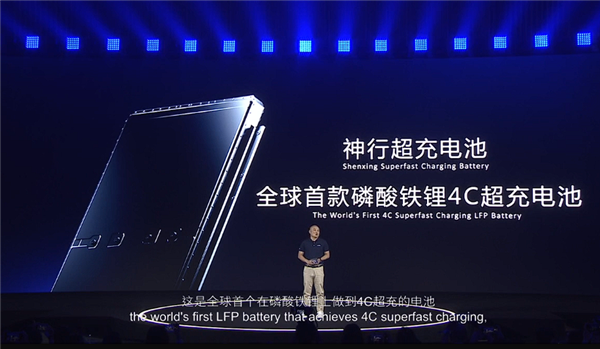
This represents a significant advancement over the first-generation Shenxing battery introduced in 2023, which was the world’s first lithium iron phosphate battery capable of 4C superfast charging, providing 400 kilometers (248 miles) of range with 10 minutes of charging.
Industry-first mass-production sodium-ion power battery: unaffected by extreme cold

The third major announcement was CATL’s sodium-ion power battery, scheduled for mass production in December this year and compatible with both hybrid and pure electric vehicles.

This sodium-ion battery achieves the industry’s highest energy density at 175Wh/kg, enabling hybrid electric vehicles to achieve pure electric ranges exceeding 200 kilometers (124 miles) and pure electric vehicles to reach beyond 500 kilometers (310 miles). The battery supports 5C superfast charging and boasts an impressive cycle life of 10,000 charges.

Perhaps most significantly, the sodium-ion technology offers safety performance that far exceeds traditional lithium batteries. CATL demonstrated this through rigorous testing, including multi-sided compression, needle penetration, electric drill penetration, and battery sawing – all without fire or explosion.

The technology addresses one of the most significant pain points for electric vehicle owners: cold-weather performance. While lithium batteries often suffer dramatic range reductions and power limitations in winter conditions, CATL’s sodium-ion batteries maintain exceptional performance in extreme cold.
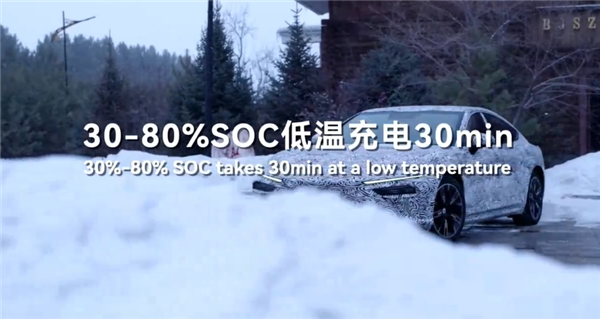
Tests show that at -30°C (-22°F), the battery can charge from 30% to 80% in just 30 minutes while maintaining 93% of its usable capacity. Even with just 10% state of charge, vehicles can maintain highway speeds of 120km/h (75 mph).

Most impressively, the battery continues to deliver excellent charging and discharging capabilities even in extreme conditions of -40°C (-40°F). Vehicles can maintain highway speeds of 120km/h even with batteries at 0% state of charge – a feat previously unimaginable with conventional lithium-ion technology.
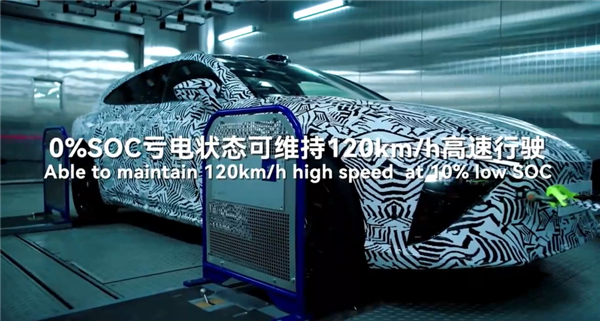
Editor’s comment
This may help explain why CATL shares rose by 2.62% today (while the Shanghai Composite Index increased by 0.45%), pushing its market capitalization above one trillion yuan (137 billion USD) once again. These three innovations represent a significant leap forward for electric vehicle technology, with ranges now approaching and exceeding 1500 kilometers, ultra-fast charging capabilities, and cold-weather resilience, pure electric vehicles equipped with CATL’s latest batteries may offer compelling advantages over hybrid alternatives.
As these technologies begin appearing in production vehicles over the coming months and years, consumers may finally see electric vehicles that eliminate the compromise between the environmental benefits of electric power and the convenience of traditional gasoline-powered transportation.


